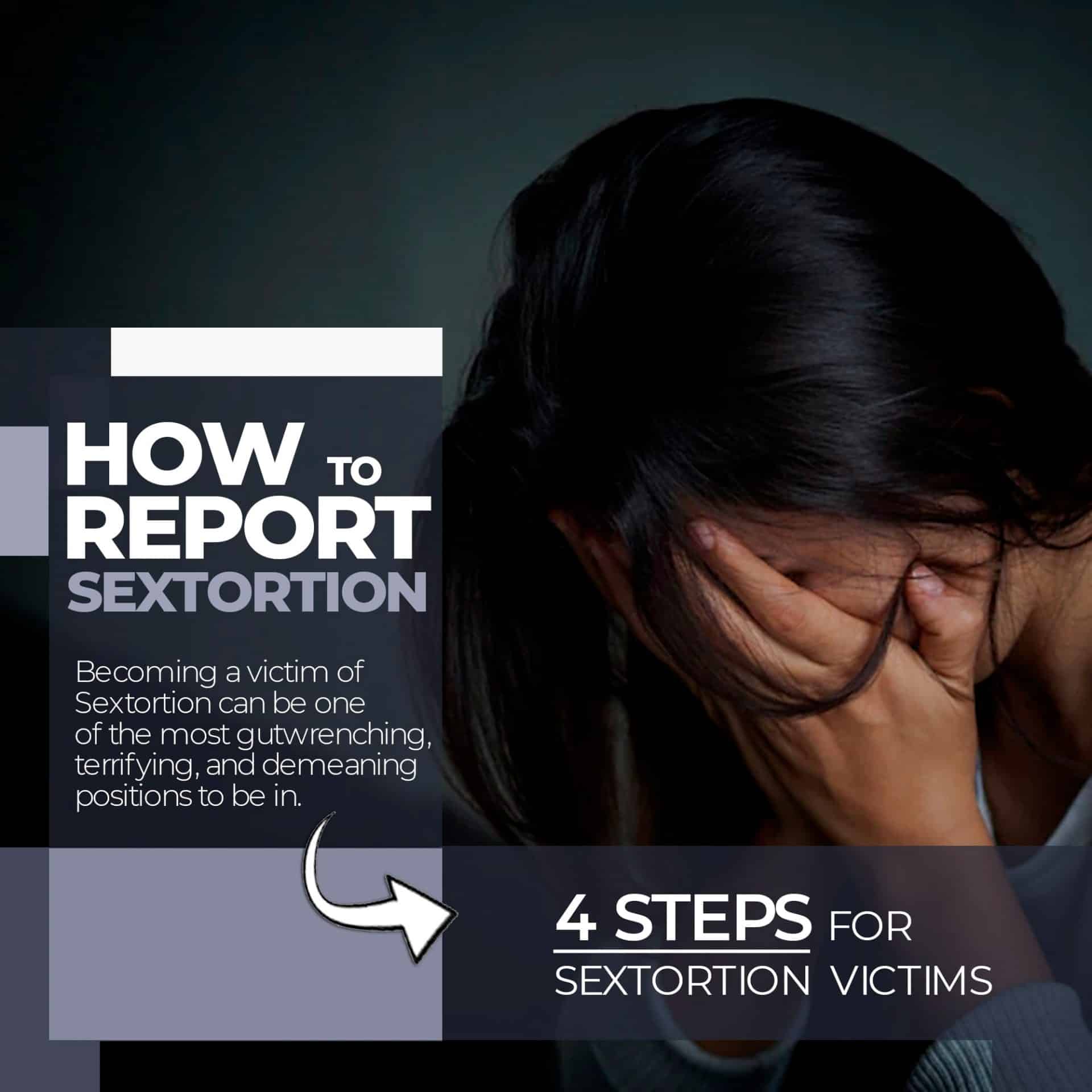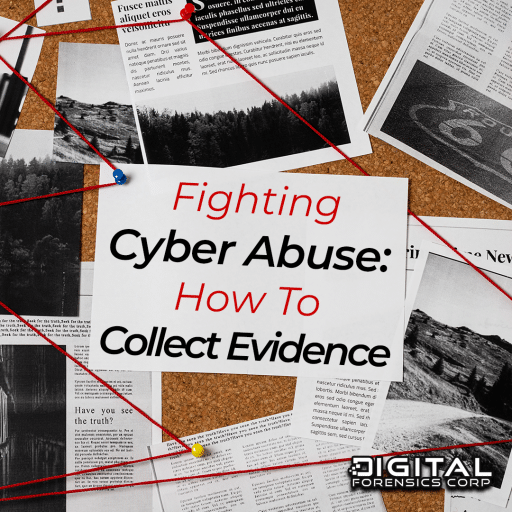Sextortion is a growing problem worldwide and happens more frequently than many are aware of. In 2023, the National Center for Missing & Exploited Children(1) received 26,718 sextortion reports, over 2.5 times higher than the previous year with a continuous upward trend. But what can you do to stop sextortion?
It’s crucial to understand the proper path of resolving the matter and getting the victims the help they need. Remember, you’re not alone and there are resources available to aid you. Collect evidence of the crime and delay payment, but remember to never pay the perpetrator; instead, use the delay to ensure you report the incident to the proper authorities and follow their guidance.
Report Sextortion to The Police
With the evidence you’ve gathered, such as messages, online accounts, and phone numbers, you should report the sextortion case to the appropriate law enforcement agency. This process and the number of agencies will vary depending on your location.
Contact Local Law Enforcement
Start by filing a report with your local police. This may help resolve the issue if the perpetrator is in your area. If not, the case will likely be outside of their jurisdiction. In this event, you should report to a national agency.
Report to National Authorities
Depending on which country you are in, file a report to your national investigation agency. If the criminal resides in the same country as you, they will be able to help.
- US – Report sextortion to the FBI by contacting your local FBI field office, calling 1-800-CALL-FBI, or by filing a report here. For minors, report sextortion cases to NCMEC by calling 1-800-THE-LOST or filing a report here.
- Canada – You can report sextortion to the Canadian Anti-Fraud Centre by calling 1-888-495-8501 or filing a report here. Minors can file reports through Cybertip.
- UK – The National Crime Agency provides resources to sextortion victims that can be found here. Minors can file reports through CEOP.
- AU – Australia’s eSafety Commissioner provides resources to sextortion victims that can be found here.
Provide Evidence Securely
Make sure to only include the necessary data to move forward with the the agency’s reporting process. You don’t have to include any explicit images of yourself, only evidence of the threats you’ve received, the current digital identify of the blackmailer, and information with regard to how you were catfished into sending the content in question. When working with any legitimate organization, you report will remail confidential.

Reporting Sextortion to the Platform Where It Occurred
You can report cases of sextortion or other online blackmail to the to the platform’s system administrator. This can help take down posts containing your explicit photos and result in the account being removed. The process varies between platforms, but they follow a similar guideline.
- Snapchat – To report a story or snapchat conversation, press and hold it and click “Report Snap”. For additional instructions, read this article “Reporting Blackmail to Snapchat”
- Instagram – To report a post or profile on Instagram, click the three dots in the top right corner, select “Report”, and choose the reason for the report. For additional instructions, read this article “Reporting Blackmail to Instagram.”
- Facebook – To report a post or profile on Facebook, click the three dots in the top right corner of the post or next to the profile name, select “Report post/profile”, and choose the reason for the report. To make a report in Messenger, open the conversation, click the person or chat name, and click “Report”. For additional instructions, read this article “Reporting Blackmail to Facebook.”
- Twitter/X – To report a post or profile on Twitter/X, click the three dots in the top right corner, select “Report”, and choose the reason for the report. For additional instructions, read this article “Reporting Blackmail to Twitter.”
Working to Resolve the Issue
If you or someone you know is a victim of sextortion, it is important to act fast. There are things that you can do individually to prevent and defend against these types of attacks.
- Be wary online – Don’t exchange sensitive content with people whose identity in unconfirmable online.
- Reputation management – Remember that things posted online are no longer within your control. If somebody is threatening to send your shared data to those around you, warn them not to open it.
- Content Removal – follow the instructions above to have harmful content removed.
Partnering With Digital Forensics
Digital Forensics Corp. has a team of professional experts who have helped thousands of sextortion victims over the years. By deploying different cyber security tactics, we work to protect our client’s reputation. We accomplish this by working to remove your blackmailer’s leverage against you. Once deleted, we set monitoring services to help ensure the threat does not reemerge.
If you or a loved one is currently being threated in a case of sextortion, please contact our Sextortion Helpline.
Resources:
DISCLAIMER: THIS POST IS FOR INFORMATIONAL PURPOSES ONLY AND IS NOT TO BE CONSIDERED LEGAL ADVICE ON ANY SUBJECT MATTER. DIGITAL FORENSICS CORP. IS NOT A LAWFIRM AND DOES NOT PROVIDE LEGAL ADVICE OR SERVICES. By viewing posts, the reader understands there is no attorney-client relationship, the post should not be used as a substitute for legal advice from a licensed professional attorney, and readers are urged to consult their own legal counsel on any specific legal questions concerning a specific situation.






